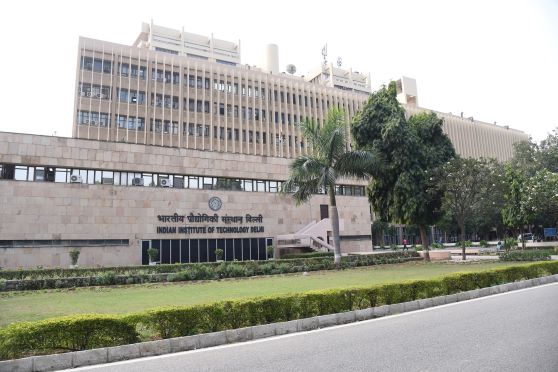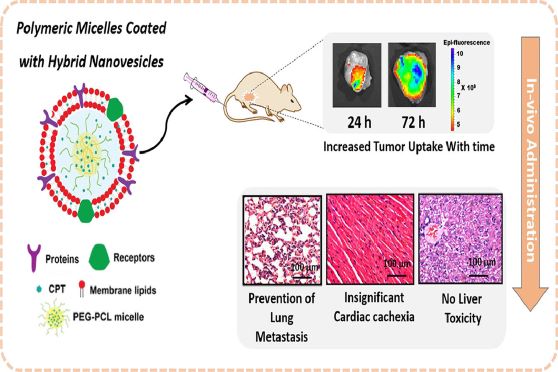IIT Delhi researchers' RBC-based tech may minimise side-effects of chemotherapy


A team of researchers from the Centre for Biomedical Engineering (CBME) at the Indian Institute of Technology (IIT) Delhi has developed a process that allows chemotherapy application using Red Blood Cell (RBC) membrane – a procedure that is expected to minimise side-effects on patients undergoing chemotherapy.
The lead researcher of the project, Neetu Singh and her partner Sahil Malhotra from the CBME have recently published their research in Acta Biomaterialia, an international journal that publishes peer-reviewed original research reports, review papers and communications in the broadly defined field of biomaterials science.
The research is inspired by nature’s own delivery vehicle, the RBCs, IIT Delhi said in a statement. The technology comprises engineering the RBCs in the lab to produce smaller, nanosized biocompatible vesicles. Drug molecules can simply be trapped inside the particle’s lipid bilayer and circulate for a longer time. The process uses RBCs long circulating nature to address the challenges associated with drug delivery for a prolonged period of time.
According to Singh, the concept here utilises the body's own cells to load multiple drugs at the same time and reach tumour sites in significant concentrations. Interestingly, this nano-RBCs platform has synthetic tunability similar to other polymeric systems or the commonly used liposomes but have proved to be more efficacious.

This research work was validated in an animal system by Singh’s lab in collaboration with Sujata Mohanty from the All India Institute of Medical Sciences (AIIMS), New Delhi.
Currently, few synthetic nanoparticles being used in nanomedicine suffer from short circulation times and are often associated with non-specific toxicity.
Both researchers were intrigued by nature’s own oxygen delivery vehicle, the RBCs, as these are also the longest circulating cells. However, achieving complete control over the physical and chemical properties of a synthetic system is challenging.
Over the last few years, they have successfully demonstrated the utilization of RBCs for drug delivery and developed strategies where the naturally derived vesicles can be tuned for various applications.